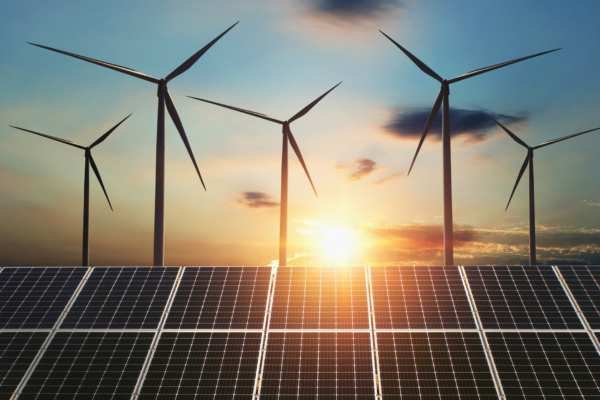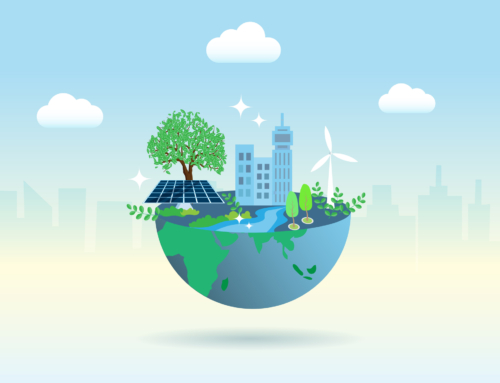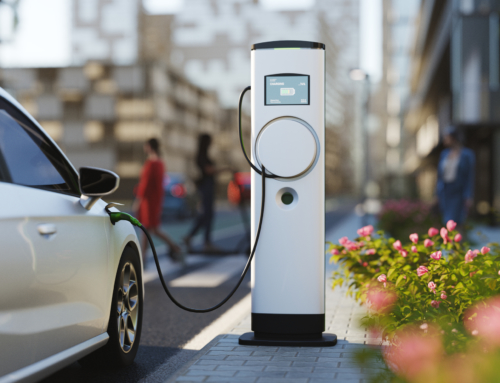You might hear the term “fossil fuels” thrown around on the news a lot. The term can sound strange, as if we’re discussing fossilized, solid chunks of fuel. What are fossil fuels?
The name comes from the fact that these fuels are from ancient sources and that we find them in the ground through mining. They were all formed from ancient plants that were buried and transformed underground over long spans of time.
The reason they are called “fuels” is because we can burn them to release heat, which we can use to power machines and create electricity. They’re very useful for our current energy needs; however, they are non-renewable and will one day run out, prompting the need to gradually switch over to renewable alternatives.
What Are the Three Major Fossil Fuels?
Fossil fuels can be either solid, liquid, or gas, and each variety has different uses and abilities. What are the three types of fossil fuels? Read on to learn about each.
1. Petroleum (Oil)
Petroleum comes out of the ground in the form of a thick liquid, rich in volatile molecules. One amazing thing about it is that it can be turned into many other products, including:
- Plastics
- Gasoline
- Jet fuel
- Cosmetics
- Nylon
- Many others
We extract petroleum directly out of the ground, including places found under the ocean. Once we create a good oil well, the oil can flow out of it for quite some time.
When the oil is first mined, it is called crude oil, which just means it hasn’t been refined yet. To be useful as a machine fuel or a base for products, it gets separated at a refinery into different useful parts. The US more often uses oil to make transportation fuels, rather than using it to create electricity.
2. Coal
Coal is found in mines in the form of black or brownish-black rocks that almost look like charcoal (burned wood). It’s easy to burn to create heat, which is turned into steam and electricity.
Coal is especially useful for creating electricity because its solid form makes it easy to store and then feed into a power plant. That’s why we use it in the US to make electricity more often than we use crude oil.

3. Natural Gas
Natural gas is a flammable gas form of fossil fuel that is found alongside other fossil fuels or locked inside rocks. When we burn it, it releases heat, but it emits less carbon dioxide than coal and petroleum. That makes it a great alternative for creating cleaner fuel.
In the United States, natural gas is also used:
- As a fuel in some vehicles
- As part of the process of making fertilizers
- To heat homes and cook food
- To create hydrogen, which is used in several industries and in some vehicles
- To create some animal and fish foods
- In the production of some products, such as plastics, steel, and others
Turning Fossil Fuels into Energy
How are fossil fuels used to make energy? It’s actually pretty surprising how they’re turned into electricity. Fossil fuels make electricity just by . . . spinning a propeller.
The process starts when we burn coal or natural gas to make heat. That heat raises the temperature of water until it boils and makes steam. That steam travels through pipes and hits turbines (which are like propellers), which then spin, powering an electric generator.
Fossil fuels can also be turned directly into other forms of energy: heat and motion. You can burn fossil fuels to heat a home or a business. You can also use refined fossil fuel products like gasoline and diesel to power vehicle motors.

Part of Our Energy Future
You can see that we can’t just stop using fossil fuels all at once. Aspects of our lives—transportation, industries, food production, products, and others—depend on fossil fuels.
At the same time, we’re developing alternative fuel and power sources. Now that you understand what the three types of fossil fuels are—ancient plant matter—you can see that they will eventually run out. At Spring Power & Gas we understand the importance of offsetting your energy usage and supporting the development of renewable energy production. Some of these renewable energy sources include:
- Biofuel—This fuel is sourced from biomass or organic matter from plants and animals which means it can be continually renewed and produced.
- Wind Energy—Wind turbines use the natural force of the wind to generate electricity and are a renewable source of energy.
- Solar—Solar panels harness the energy of the sun to generate electricity using photovoltaic cells.
- Tidal Energy—This fossil fuel alternative uses water to generate electricity, much in the same way wind turbines produce energy.
- Hydroelectric Power—This energy source gets its name from the fact that it uses moving water to generate electricity. This is often done through the use of man-made dams.
- Geothermal Energy—This alternative to fossil fuels extracts heat from the earth itself to generate electricity.
While we will likely still need fossil fuels for decades to come, we can support the development of these renewable, sustainable energy sources. Contact Spring Power and Gas to help fuel the future with renewable resources and offset your energy use.




![Top 11 Sustainable Building Practices for Eco-Homes [Plus 5 Sustainable Materials]](https://springpowerandgas.us/wp-content/uploads/2023/02/iStock-181062267-500x383.jpg)

